Small-cap stocks—those plucky companies valued between $300 million and $2 billion—are like rare coins buried in a beach of pennies. Most are ordinary, but a few can sparkle, turning a modest bet into a fortune. Finding these high-potential small-caps before they explode is like spotting a comet before it lights up the sky—thrilling and profitable. In 2024, top small-caps like Super Micro Computer (SMCI) soared over 100%, while the Russell 2000 Index gained just 22% (Yahoo Finance). This guide is your treasure map, revealing three strategies to unearth small-cap stars with real-world stories, simple steps, and tips that make the hunt fun, even for market newbies. Grab your shovel—let’s dig for gold!
What Makes a Small-Cap a Potential Rocket?
Small-cap stocks are young, agile firms, often in niche markets like biotech, tech, or green energy. Their small size means big growth potential but also big risks—think of them as saplings in a storm. High-potential ones share key traits:
● Strong Growth: Rising revenue or game-changing products.
● Solid Finances: Manageable debt and healthy cash flow.
● Market Buzz: Traction from news, contracts, or trends on platforms like X.
● Undervaluation: Low price-to-earnings (P/E) or price-to-sales (P/S) ratios compared to peers.
In 2024, small-caps with revenue growth above 20% outperformed the broader market by 30% (Morningstar). Spotting these traits early is the key to catching a breakout star (Investopedia).
Strategy 1: Digging for Growth with Fundamental Analysis
Fundamental analysis is like checking a car’s engine before a race—look under the hood to find small-caps with strong growth potential. Focus on revenue growth, profit margins, and low debt to spot companies ready to zoom.
● How It Works: Screen for small-caps with high revenue growth (>15% year-over-year), positive earnings, and a debt-to-equity ratio below 0.5. These signal a healthy business with room to run.
● Real Story: In Q2 2024, AxoGen (AXGN), a small-cap biotech, caught eyes with 30% revenue growth from nerve repair products and a debt-to-equity ratio of 0.4. Trading at $8 with a P/E of 25 (below industry average), an investor bought 200 shares at $8.50. A major FDA approval pushed AXGN to $12 by Q3, netting a $700 profit (Yahoo Finance).
● Steps to Find Gems:
○ Use Yahoo Finance’s stock screener to filter small-caps with market cap $300M–$2B, revenue growth >15%, and debt-to-equity <0.5.
○ Check recent earnings for rising sales and positive net income.
○ Compare P/E or P/S ratios to industry averages (lower is better).
○ Buy with a stop-loss 10% below entry, aiming for 20–50% gains in 3–6 months.
● Pro Tip: Look at cash flow statements—positive operating cash flow shows the company can fund growth without borrowing (Nasdaq).
This strategy is like panning for gold—sift through numbers to find the nuggets.
Strategy 2: Sniffing Out Buzz with Sentiment and News
High-potential small-caps often spark chatter before they boom, like a band gaining fans before a hit album. Sentiment analysis tracks buzz on X, news, or earnings calls to find stocks with momentum.
● How It Works: Monitor small-caps with rising mentions on X or positive news (e.g., contracts, partnerships). Combine with technical signals like breakouts to confirm the hype is real.
● Real Story: In July 2024, Bitfarms (BITF), a small-cap crypto miner, surged on X after a Bitcoin rally and a new mining deal. Trading at $2.50 with 1 million daily volume, a trader spotted a breakout above $2.70. They bought 500 shares at $2.75, with a stop-loss at $2.50, targeting $3.50. BITF hit $3.50 in days, earning a $375 profit (Yahoo Finance).
● Steps to Find Buzz:
○ Use X or Benzinga to track small-caps with spiking mentions or news (e.g., “new contract”).
○ Verify fundamentals: ensure revenue growth >10% and no major red flags like high debt.
○ Check charts for breakouts (price crossing resistance) with high volume.
○ Buy on breakout confirmation, with a stop-loss 5–10% below, targeting 10–20% gains.
● Pro Tip: Use the Average Directional Index (ADX)—above 25 confirms a strong trend fueled by buzz (TradingView).
This strategy is like catching a viral video early—ride the wave before it peaks.
Strategy 3: Finding Undervalued Gems with Relative Valuation
Some small-caps are like discounted designer clothes—priced low but packed with value. Relative valuation compares a stock’s metrics (e.g., P/E, P/S) to its industry to spot undervaluation before a breakout.
● How It Works: Screen for small-caps with P/E or P/S ratios below their industry average, paired with strong growth or catalysts. These are often overlooked but poised to pop.
● Real Story: In Q3 2024, Clearfield (CLFD), a small-cap tech firm, had a P/S ratio of 1.5, half the tech sector’s 3.0, despite 25% revenue growth from fiber optics. Trading at $40, an investor bought 100 shares at $41, with a stop-loss at $38, after a contract win. CLFD hit $50 in two months, netting a $900 profit (Yahoo Finance).
● Steps to Find Value:
○ Use Finviz to screen small-caps with P/E or P/S below industry averages and revenue growth >10%.
○ Look for catalysts like new products or deals in news or earnings calls.
○ Buy when the stock breaks a 50-day moving average, with a stop-loss 5–10% below.
○ Hold for 3–12 months or sell at 30–50% gains.
● Pro Tip: Check insider buying on SEC filings—executives buying shares signal confidence in a breakout (Schwab).
This strategy is like snagging a deal at a flea market—buy cheap before everyone notices.
Tools to Unearth Small-Cap Stars
Finding high-potential small-caps is like assembling a puzzle—use these tools to fit the pieces:
● Screeners: Yahoo Finance or Finviz filter for growth, valuation, and volume.
● News Alerts: Benzinga or X catch catalysts like deals or approvals.
● Charts: TradingView spots breakouts, trends, or RSI/ADX signals.
● Financials: Check 10-Q reports on SEC.gov for revenue and debt details.
For example, in the AXGN trade, a screener flagged its low debt, and a news alert confirmed the FDA catalyst. Always cross-check fundamentals and technicals to avoid traps (Investopedia).
Comparing Strategies for Finding Small-Cap Boomers
Create a markdown table comparing strategies to identify high-potential small-cap stocks. Include columns for strategy, difficulty, best market condition, and resource, and link to Yahoo Finance.
Strategy Difficulty Best Market Condition Resource
Fundamental Analysis Moderate Stable growth markets https://finance.yahoo.com/quote/AXGN
Sentiment and News Moderate News-driven rallies https://finance.yahoo.com/quote/BITF
Relative Valuation Easy Undervalued sectors https://finance.yahoo.com/quote/CLFD
This table is your guide to picking the right strategy for your style and market vibe.
Top Small-Cap Stocks with Breakout Potential
Create a markdown table comparing small-cap stocks ideal for high-potential trades. Include columns for stock symbol, sector, revenue growth, and 1-year return, and link to Yahoo Finance.
Stock Symbol Sector Revenue Growth (2024) 1-Year Return Link
AXGN Healthcare 30% 45.2% https://finance.yahoo.com/quote/AXGN
BITF Technology 40% 66.7% https://finance.yahoo.com/quote/BITF
CLFD Technology 25% 35.6% https://finance.yahoo.com/quote/CLFD
These stocks, based on 2024 Yahoo Finance data, show strong growth and momentum, primed for breakouts.
Final Thoughts: Your Ticket to the Small-Cap Rocket Launch
Finding high-potential small-cap stocks is like hunting for the next big band before they hit the charts—spot them early, and you’re in for a wild ride. Fundamental analysis uncovers strong engines, sentiment analysis catches rising stars, and relative valuation snags undervalued gems. Start with a small step, like screening AXGN on Yahoo Finance for growth metrics. Lean on news, charts, and financials to stay sharp, and always set stop-losses to dodge storms. With these strategies, you’re not just trading—you’re treasure hunting. Pick one tip and start your search today!





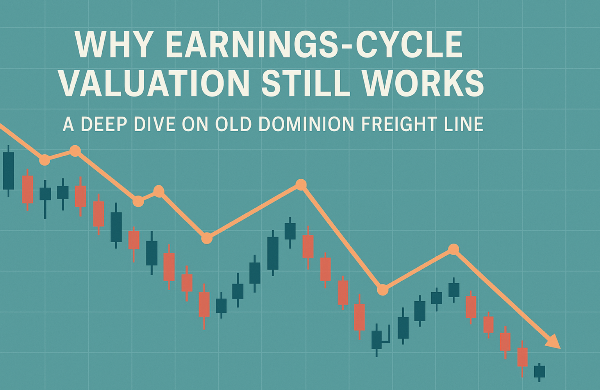
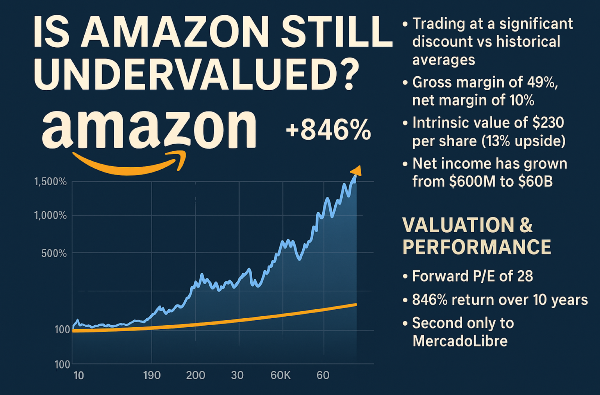



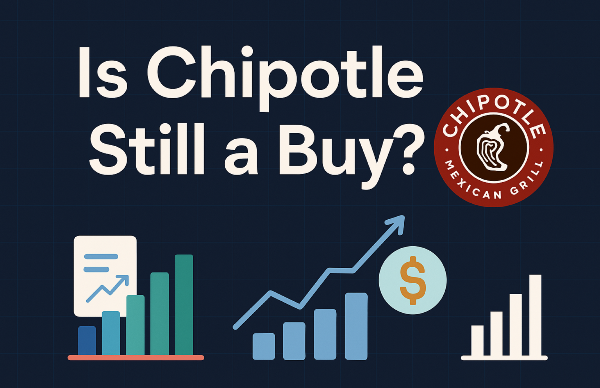
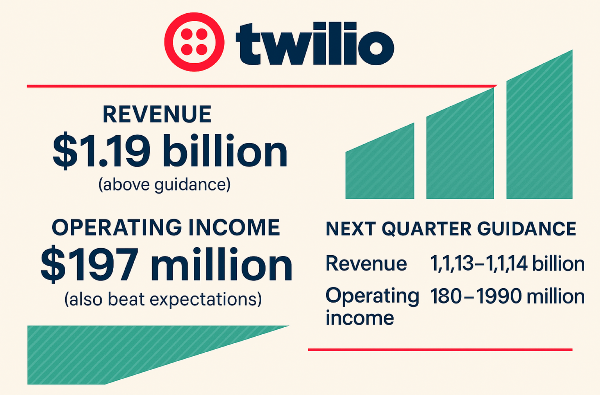
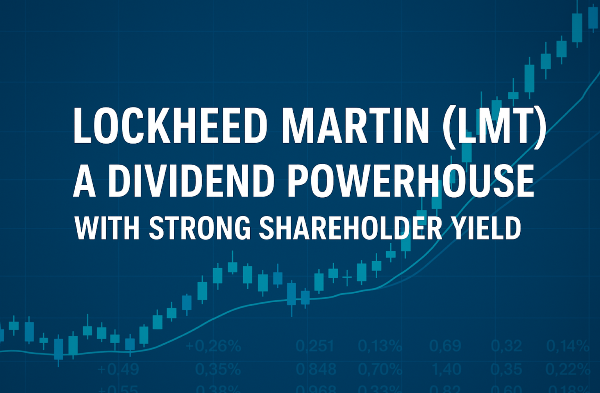
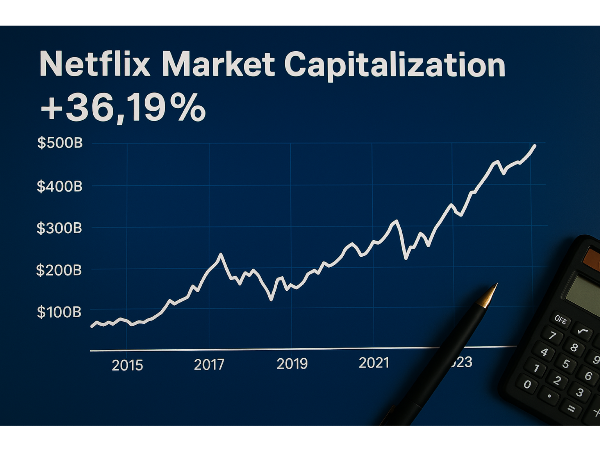

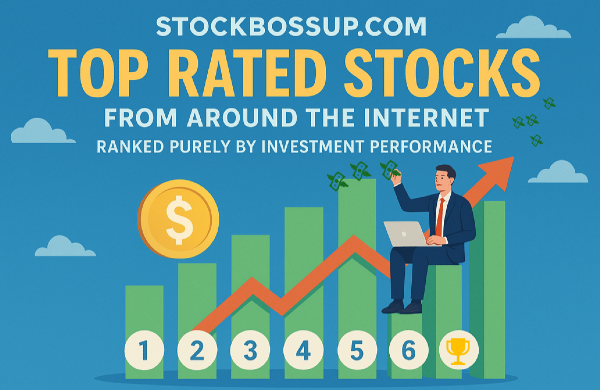



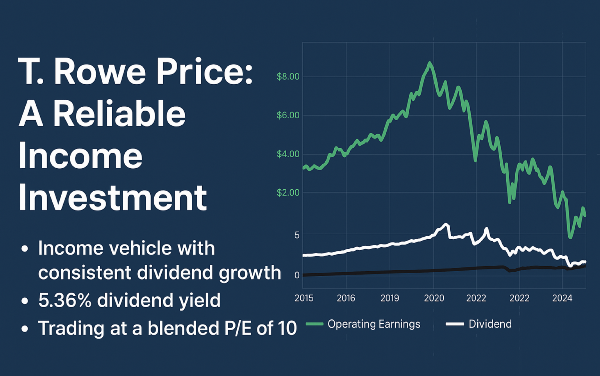


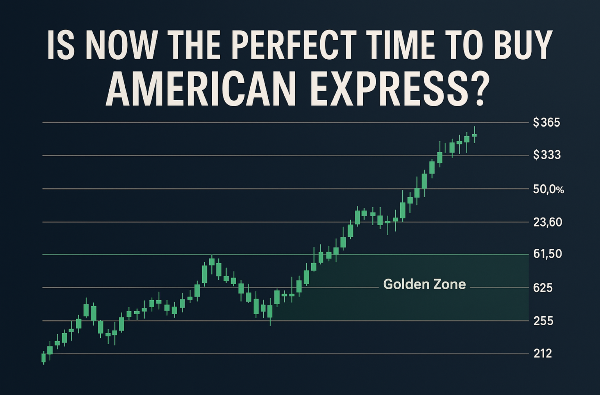








Small-cap stocks—those plucky companies valued between $300 million and $2 billion—are like rare coins buried in a beach of pennies. Most are ordinary, but a few can sparkle, turning a modest bet into a fortune. Finding these high-potential small-caps before they explode is like spotting a comet before it lights up the sky—thrilling and profitable. In 2024, top small-caps like Super Micro Computer (SMCI) soared over 100%, while the Russell 2000 Index gained just 22% (Yahoo Finance). This guide is your treasure map, revealing three strategies to unearth small-cap stars with real-world stories, simple steps, and tips that make the hunt fun, even for market newbies. Grab your shovel—let’s dig for gold! What Makes a Small-Cap a Potential Rocket? Small-cap stocks are young, agile firms, often in niche markets like biotech, tech, or green energy. Their small size means big growth potential but also big risks—think of them as saplings in a storm. High-potential ones share key traits: ● Strong Growth: Rising revenue or game-changing products. ● Solid Finances: Manageable debt and healthy cash flow. ● Market Buzz: Traction from news, contracts, or trends on platforms like X. ● Undervaluation: Low price-to-earnings (P/E) or price-to-sales (P/S) ratios compared to peers. In 2024, small-caps with revenue growth above 20% outperformed the broader market by 30% (Morningstar). Spotting these traits early is the key to catching a breakout star (Investopedia). Strategy 1: Digging for Growth with Fundamental Analysis Fundamental analysis is like checking a car’s engine before a race—look under the hood to find small-caps with strong growth potential. Focus on revenue growth, profit margins, and low debt to spot companies ready to zoom. ● How It Works: Screen for small-caps with high revenue growth (>15% year-over-year), positive earnings, and a debt-to-equity ratio below 0.5. These signal a healthy business with room to run. ● Real Story: In Q2 2024, AxoGen (AXGN), a small-cap biotech, caught eyes with 30% revenue growth from nerve repair products and a debt-to-equity ratio of 0.4. Trading at $8 with a P/E of 25 (below industry average), an investor bought 200 shares at $8.50. A major FDA approval pushed AXGN to $12 by Q3, netting a $700 profit (Yahoo Finance). ● Steps to Find Gems: ○ Use Yahoo Finance’s stock screener to filter small-caps with market cap $300M–$2B, revenue growth >15%, and debt-to-equity <0.5. ○ Check recent earnings for rising sales and positive net income. ○ Compare P/E or P/S ratios to industry averages (lower is better). ○ Buy with a stop-loss 10% below entry, aiming for 20–50% gains in 3–6 months. ● Pro Tip: Look at cash flow statements—positive operating cash flow shows the company can fund growth without borrowing (Nasdaq). This strategy is like panning for gold—sift through numbers to find the nuggets. Strategy 2: Sniffing Out Buzz with Sentiment and News High-potential small-caps often spark chatter before they boom, like a band gaining fans before a hit album. Sentiment analysis tracks buzz on X, news, or earnings calls to find stocks with momentum. ● How It Works: Monitor small-caps with rising mentions on X or positive news (e.g., contracts, partnerships). Combine with technical signals like breakouts to confirm the hype is real. ● Real Story: In July 2024, Bitfarms (BITF), a small-cap crypto miner, surged on X after a Bitcoin rally and a new mining deal. Trading at $2.50 with 1 million daily volume, a trader spotted a breakout above $2.70. They bought 500 shares at $2.75, with a stop-loss at $2.50, targeting $3.50. BITF hit $3.50 in days, earning a $375 profit (Yahoo Finance). ● Steps to Find Buzz: ○ Use X or Benzinga to track small-caps with spiking mentions or news (e.g., “new contract”). ○ Verify fundamentals: ensure revenue growth >10% and no major red flags like high debt. ○ Check charts for breakouts (price crossing resistance) with high volume. ○ Buy on breakout confirmation, with a stop-loss 5–10% below, targeting 10–20% gains. ● Pro Tip: Use the Average Directional Index (ADX)—above 25 confirms a strong trend fueled by buzz (TradingView). This strategy is like catching a viral video early—ride the wave before it peaks. Strategy 3: Finding Undervalued Gems with Relative Valuation Some small-caps are like discounted designer clothes—priced low but packed with value. Relative valuation compares a stock’s metrics (e.g., P/E, P/S) to its industry to spot undervaluation before a breakout. ● How It Works: Screen for small-caps with P/E or P/S ratios below their industry average, paired with strong growth or catalysts. These are often overlooked but poised to pop. ● Real Story: In Q3 2024, Clearfield (CLFD), a small-cap tech firm, had a P/S ratio of 1.5, half the tech sector’s 3.0, despite 25% revenue growth from fiber optics. Trading at $40, an investor bought 100 shares at $41, with a stop-loss at $38, after a contract win. CLFD hit $50 in two months, netting a $900 profit (Yahoo Finance). ● Steps to Find Value: ○ Use Finviz to screen small-caps with P/E or P/S below industry averages and revenue growth >10%. ○ Look for catalysts like new products or deals in news or earnings calls. ○ Buy when the stock breaks a 50-day moving average, with a stop-loss 5–10% below. ○ Hold for 3–12 months or sell at 30–50% gains. ● Pro Tip: Check insider buying on SEC filings—executives buying shares signal confidence in a breakout (Schwab). This strategy is like snagging a deal at a flea market—buy cheap before everyone notices. Tools to Unearth Small-Cap Stars Finding high-potential small-caps is like assembling a puzzle—use these tools to fit the pieces: ● Screeners: Yahoo Finance or Finviz filter for growth, valuation, and volume. ● News Alerts: Benzinga or X catch catalysts like deals or approvals. ● Charts: TradingView spots breakouts, trends, or RSI/ADX signals. ● Financials: Check 10-Q reports on SEC.gov for revenue and debt details. For example, in the AXGN trade, a screener flagged its low debt, and a news alert confirmed the FDA catalyst. Always cross-check fundamentals and technicals to avoid traps (Investopedia). Comparing Strategies for Finding Small-Cap Boomers Create a markdown table comparing strategies to identify high-potential small-cap stocks. Include columns for strategy, difficulty, best market condition, and resource, and link to Yahoo Finance. Strategy Difficulty Best Market Condition Resource Fundamental Analysis Moderate Stable growth markets https://finance.yahoo.com/quote/AXGN
Sentiment and News Moderate News-driven rallies https://finance.yahoo.com/quote/BITF
Relative Valuation Easy Undervalued sectors https://finance.yahoo.com/quote/CLFD
This table is your guide to picking the right strategy for your style and market vibe. Top Small-Cap Stocks with Breakout Potential Create a markdown table comparing small-cap stocks ideal for high-potential trades. Include columns for stock symbol, sector, revenue growth, and 1-year return, and link to Yahoo Finance. Stock Symbol Sector Revenue Growth (2024) 1-Year Return Link AXGN Healthcare 30% 45.2% https://finance.yahoo.com/quote/AXGN
BITF Technology 40% 66.7% https://finance.yahoo.com/quote/BITF
CLFD Technology 25% 35.6% https://finance.yahoo.com/quote/CLFD
These stocks, based on 2024 Yahoo Finance data, show strong growth and momentum, primed for breakouts. Final Thoughts: Your Ticket to the Small-Cap Rocket Launch Finding high-potential small-cap stocks is like hunting for the next big band before they hit the charts—spot them early, and you’re in for a wild ride. Fundamental analysis uncovers strong engines, sentiment analysis catches rising stars, and relative valuation snags undervalued gems. Start with a small step, like screening AXGN on Yahoo Finance for growth metrics. Lean on news, charts, and financials to stay sharp, and always set stop-losses to dodge storms. With these strategies, you’re not just trading—you’re treasure hunting. Pick one tip and start your search today!